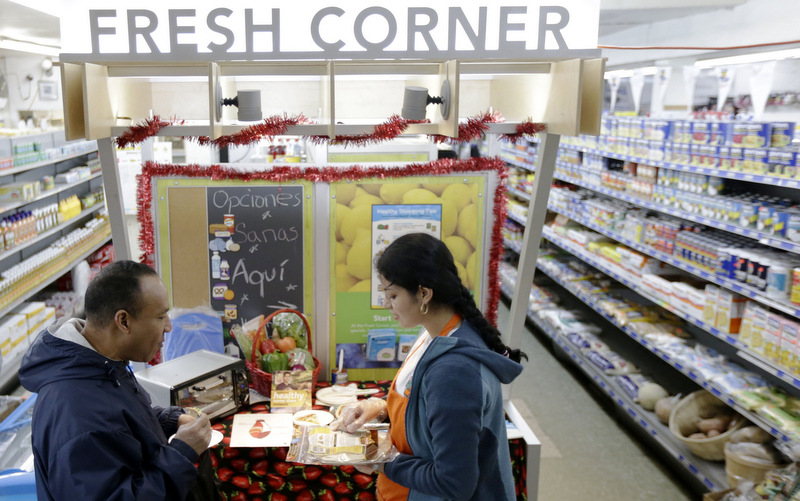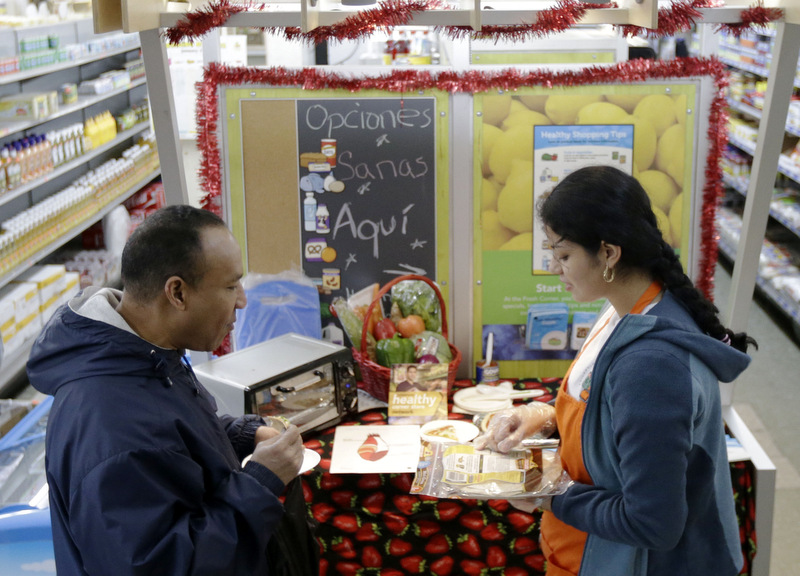
In the United States, a unique phenomenon has taken place over the last few decades: in increasing numbers, supermarket chains and grocery stores have refused to open stores in areas of high African-American and Latino residency or in low-population rural areas or have closed down existing stores.
The rationale for this is varied — too much crime in the area, not enough repeat business or too expensive to insure and operate. Regardless of the excuse, however, the result is always the same: for the residents of these excluded communities, access to healthy, fresh food is cut off.
To date, the Department of Agriculture has mapped thousands of these low-income, low-access areas — known colloquially as “food deserts.” The 23.5 million residents of these “food deserts” — in which the nearest supermarket or grocery store may be as far as 10 miles away — are subjected to a low-quality diet, which can lead to a greater risk of developing a chronic disease or to obesity. The urgency in resolving this issue has drawn many to rally for a solution, including — most visibly — first lady Michelle Obama, who through her “Let’s Move!” campaign, called for the elimination of food deserts in America by 2017.
Despite significant movement both within and outside of government, the notion of the “food desert” still exists. In the farm bill that recently passed the House, $125 million has been allocated to the HealthyFood Financing Initiative, which would expand food resources throughout the nation to underserved communities. Pennsylvania has introduced a program that will expand or create 88 food retail outlets, and across the nation, community gardens, green grocers and new grocery stores are popping up in urban neighborhoods due to an outpouring of philanthropic and community-based giving.
A recent study, published in Health Affairs, argues that just updating a community’s food infrastructure is not enough to make a significant change in the community resident’s dietary habits or health.
“[The] present findings suggest that simply improving a community’s retail food infrastructure may not produce desired changes in food purchasing and consumption patterns,” the study’s abstract reads. “Complementary policy changes and interventions may be needed to help consumers bridge the gap between perception and action.”
One explanation for this, the study points out, is comfort. A customer may go past closer or cheaper stores to shop at a store he/she feels familiar with. Without a sense of trust with the new stores, they may go underused. In addition, the study’s writers point out that a supermarket — which is designed to flood the senses with options and impulse buys — may come across as intimidating to someone more familiar with convenient stores and bodegas.
However, the main reason why adding more stores to a community alone will not end the “food desert” phenomenon is the fact that healthy food is more expensive than unhealthy food. According to a meta-review of 27 studies in 10 countries, researchers found that healthy food is $1.50 more expensive per day, or $550 in the course of a year. While healthy food options — fresh vegetables, fruit and fish — are cheaper than unhealthy options by unit cost, processed foods — being calories-dense — are cheaper by serving cost. Fresh meats and proteins cost, on average, $0.29 more than their processed counterparts.
On the other hand, processed grains cost, on average, $0.09 more than fresh grains.
In a time where food budgets for the poor have been slashed due to cuts to the Supplemental Nutritional Assistance Program and the freezing of wages and hiring, the $550 increase in a household’s food budget per year a fresh food diet can bring may not be feasible. Improving the accessibility to fresh food is one part of the problem with addressing “food deserts” in this country; fresh food must be affordable, as well — which may be a harder fix than setting up a few new stores.


